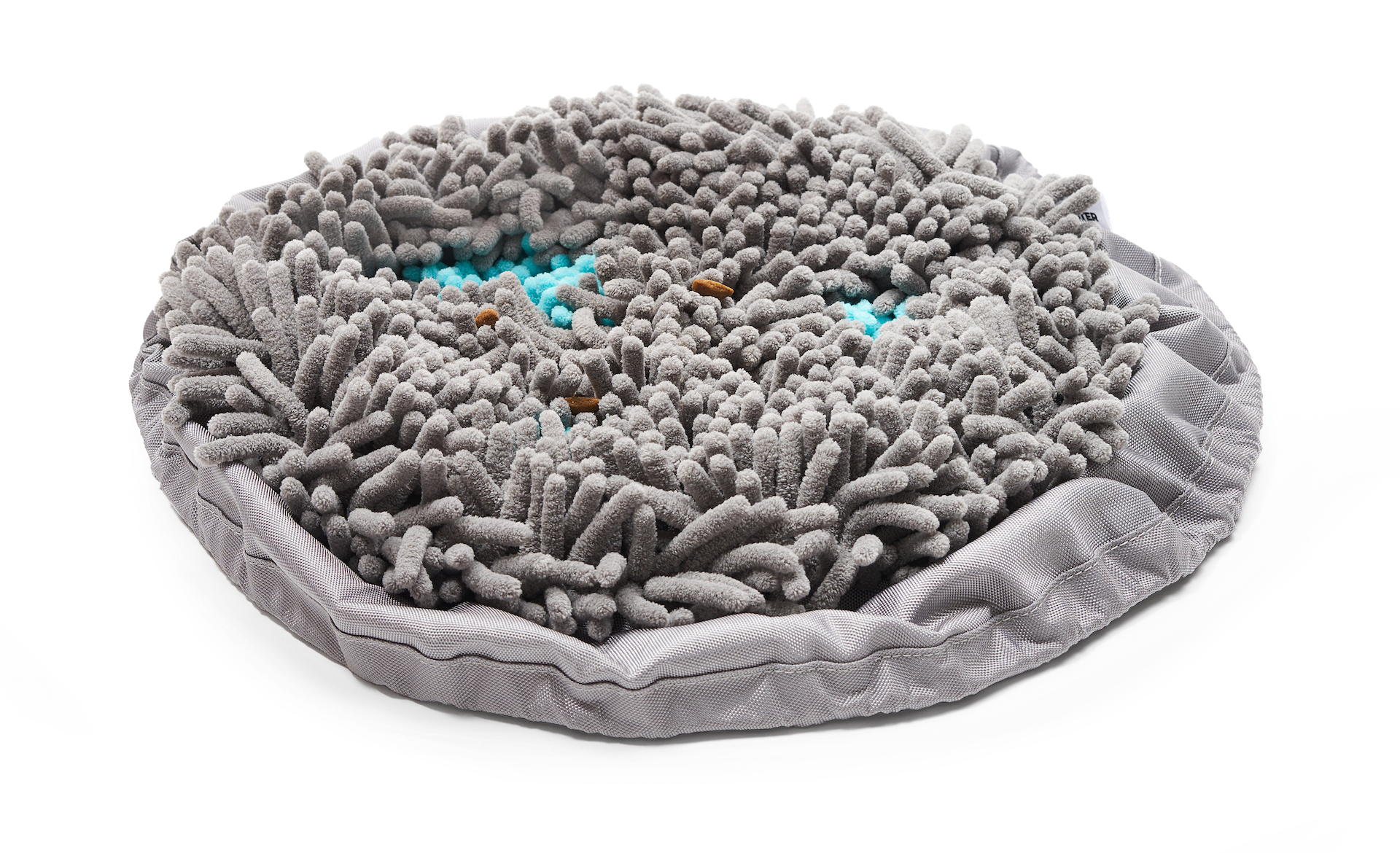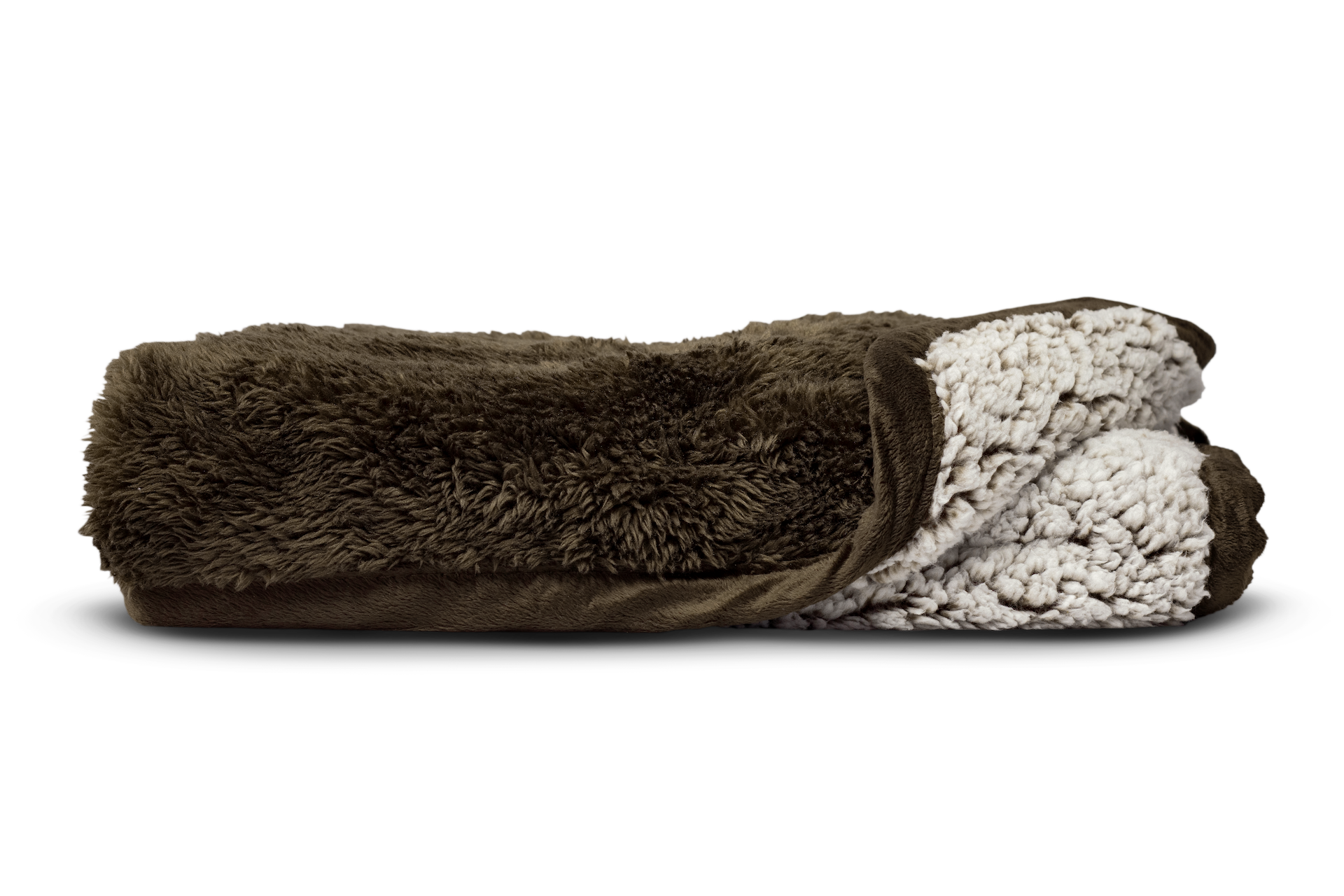Seeing your dog go through something hard is very difficult for pet parents, especially when it involves his movement.
Dog paralysis and how to better their quality of life
Paralysis in dogs is the inability of your dog to move around. This is caused when the communication between the brain and the spinal cord is thrown into disorder. With paralysis, your dog will appear weak, won't be able to move some body parts or for some, won't be able to move at all!
"Paralysis is caused when the communication between the brain and the spinal cord is thrown into disorder."
Types of Dog Paralysis
There are three types of dog paralysis and it's best to identify which of these is happening to your dog.
Paraplegia
Your dog will have inability to move his rear legs and can't control their back legs.
Paresis
Your dog is partially paralyzed. He can move but will have difficulty moving around or controlling their legs.
Tetrapegia
Your dog is unable to move all of his four legs. In this case your dog can't stand on their own.
Knowing if your dog has paralysis
You will know when your dog is experiencing paralysis when:
- He refuses to stand up
- Depending on the type of dog paralysis he has, he will stand but will have a hard time moving around / he will walk with front legs while dragging his rear legs
- He has no full control over his bladder/bowel
- There is pain in areas like the spine, legs, neck
What Causes Dog Paralysis?
Trauma and Accidents
This is one cause of paralysis in dogs. For example, your dog has been hit suddenly by a car or your dog fell from a high place. Sometimes after a trauma, the symptoms to look for may or may not be present and your dog might absolutely look just fine. Trauma and accidents may cause permanent damage to your dog that's why it is recommended to see a vet immediately to make a proper diagnosis and provide you with treatment.
Tick Bites
You think a tick bite won't hurt your dog? Think again. It's a surprise that tick bites is one of the main reason why paralysis in dogs occur. There is this specie of ticks that leaves a neurotoxin in the blood and this neurotoxin will cause the paralysis. If you notice tick bites in your dog's skin, disorientation and vomiting, see your veterinarian immediately.
Bacteria and Infection
Paralysis can happen when certain type of bacteria affect the brain. Most of these bacteria come from distemper, meningitis, rabies, etc. These infections can come in many causes. It can be that your dog had a direct contact with another animal that carries the bacteria. It can also be that your dog might have ingested a harmful item.
To prevent this from happening, provide your dog with a healthy environment that won't be causing him any stress and keep his vaccines updated.
Treatment for Paralyzed Dogs

Seeing your dog not able to move as freely as he did before is a very challenging time. It is frustrating, exhausting and hard work. But keep in mind that even with dog paralysis, your dog's life is NOT yet over! Depending on the cause and the severity of your dog's paralysis, there are actually treatment options available. It can be medication, surgery, physical/hydrotherapy, anti-inflammatory and recovery plans that will help your dog be able to properly walk again.
Bettering Your Paralyzed Dog's Life
Be on top of your dog's hygiene.
Since your dog can't control his bladder/bowel, you have to keep the pee/poop away from your dog's skin immediately to avoid scalding and rashes. You can use a clean cloth and water, a saline solution, or pet safe wipes to clean the area. Never use baby wipes on your dog since it can cause irritation.
Also, don't forget to bathe your dog regularly and groom them to keep them happy in spite their condition. Paralyzed dogs' skin is at high risk of chafing and becoming sore especially the hips, elbows and ankles. Always check these areas and use paddings if needed.
Dog diapers and pee pads.
Going back to what's stated above, to avoid your dog from bathing in his pee and poop, dog diapers and Pawtect® Pads are such great help to keep your dog comfortable and your home clean. Change diapers and wash reusable pee pads when necessary.
If your paralyzed dog will not poop on their own, you may have to step in. So, what is the best way how to help a paralyzed dog poop? According to Walkin' Pets, there are a few methods how to make a paralyzed dog poop. A tried and true method being to put on some disposable gloves and apply some oil or pet safe lotion to act as a lubricant to your finger. From there, gently rub your dog's rectum. Before doing this, cover the spot with a Pawtect® Pad to prevent a smelly mess on your floor.
After this, be sure to wipe the area with Pet WiPees™ Gland Wipes. These will take care of any smells from your dogs anal glands. Plus, they are made with soothing ingredients and anti-inflammatories to help sooth dog glands.
Provide a proper diet.
Providing your dog a good, healthy diet is on way that can boost up his recovery. But make sure that this diet is advised by your veterinarian. A healthy diet will provide him with the proper nutrition he needs.
Don't drag your paralyzed dog.
You should never drag your dog if you want to move him somewhere. There are wheelchairs and carts that will help you and your paralyzed dog move around. Wheelchairs are used by dogs whose rear legs are unable to move. There are also special types harnesses you can purchase to help your do move around by lifting their rear legs so they are able to walk with their front.
Having a dog who is experiencing paralysis is never easy for you and your dog but there are treatments and things you can do and provide to make your dog's life better even with a disability.









